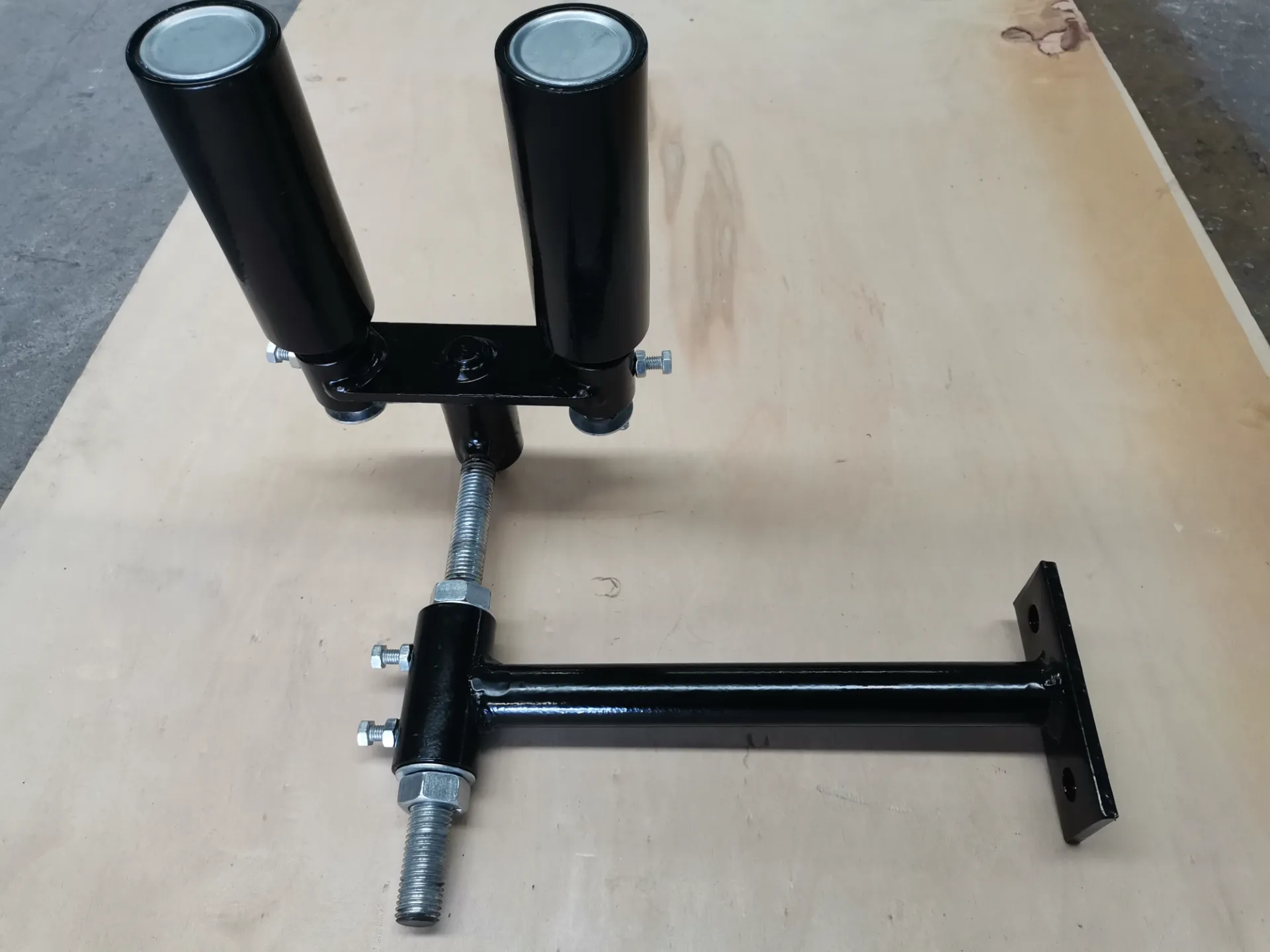 Afrikaans
Afrikaans  Albanian
Albanian  Amharic
Amharic  Arabic
Arabic  Armenian
Armenian  Azerbaijani
Azerbaijani  Basque
Basque  Belarusian
Belarusian  Bengali
Bengali  Bosnian
Bosnian  Bulgarian
Bulgarian  Catalan
Catalan  Cebuano
Cebuano  Corsican
Corsican  Croatian
Croatian  Czech
Czech  Danish
Danish  Dutch
Dutch  English
English  Esperanto
Esperanto  Estonian
Estonian  Finnish
Finnish  French
French  Frisian
Frisian  Galician
Galician  Georgian
Georgian  German
German  Greek
Greek  Gujarati
Gujarati  Haitian Creole
Haitian Creole  hausa
hausa  hawaiian
hawaiian  Hebrew
Hebrew  Hindi
Hindi  Miao
Miao  Hungarian
Hungarian  Icelandic
Icelandic  igbo
igbo  Indonesian
Indonesian  irish
irish  Italian
Italian  Japanese
Japanese  Javanese
Javanese  Kannada
Kannada  kazakh
kazakh  Khmer
Khmer  Rwandese
Rwandese  Korean
Korean  Kurdish
Kurdish  Kyrgyz
Kyrgyz  Lao
Lao  Latin
Latin  Latvian
Latvian  Lithuanian
Lithuanian  Luxembourgish
Luxembourgish  Macedonian
Macedonian  Malgashi
Malgashi  Malay
Malay  Malayalam
Malayalam  Maltese
Maltese  Maori
Maori  Marathi
Marathi  Mongolian
Mongolian  Myanmar
Myanmar  Nepali
Nepali  Norwegian
Norwegian  Norwegian
Norwegian  Occitan
Occitan  Pashto
Pashto  Persian
Persian  Polish
Polish  Portuguese
Portuguese  Punjabi
Punjabi  Romanian
Romanian  Russian
Russian  Samoan
Samoan  Scottish Gaelic
Scottish Gaelic  Serbian
Serbian  Sesotho
Sesotho  Shona
Shona  Sindhi
Sindhi  Sinhala
Sinhala  Slovak
Slovak  Slovenian
Slovenian  Somali
Somali  Spanish
Spanish  Sundanese
Sundanese  Swahili
Swahili  Swedish
Swedish  Tagalog
Tagalog  Tajik
Tajik  Tamil
Tamil  Tatar
Tatar  Telugu
Telugu  Thai
Thai  Turkish
Turkish  Turkmen
Turkmen  Ukrainian
Ukrainian  Urdu
Urdu  Uighur
Uighur  Uzbek
Uzbek  Vietnamese
Vietnamese  Welsh
Welsh  Bantu
Bantu  Yiddish
Yiddish  Yoruba
Yoruba  Zulu
Zulu Creating Effective Strategies for Guide Roller Implementation and Optimization
The Essential Role of Guide Rollers in Modern Machinery
In the realm of mechanical engineering, guide rollers are often overlooked components, yet they play a critical role in ensuring the smooth operation of various machines. These cylindrical elements are designed to provide support, guidance, and stability to moving parts, making them indispensable in a wide range of applications—from manufacturing equipment to transportation systems.
Understanding Guide Rollers
Guide rollers are typically mounted on a frame or a stationary surface, providing a track for moving items, such as conveyor belts, cables, or chains. They serve several purposes, the most prominent being to reduce friction. By providing a smooth surface for items to glide upon, guide rollers minimize wear and tear on both the machinery and the items being moved. This friction reduction translates not only to increased efficiency but also to extended operational lifespan for both the machinery and the moving components.
Design and Materials
The design of guide rollers varies widely depending on their application. They can be made from various materials, including metal, plastic, and rubber, each offering unique benefits. For instance, rubber rollers are often used in environments where noise reduction and vibration damping are essential, while metal rollers, known for their durability, are preferred in heavy industrial applications.
When designing guide rollers, engineers consider factors such as load capacity, speed, environment, and the type of material being transported. Proper design ensures that these rollers can handle the required stress without deformation or failure.
Applications Across Industries
Guide rollers find applications in many industries
. In manufacturing, for instance, they are integral to conveyor systems that transport goods and materials through assembly lines. In the automotive industry, guide rollers are used to manage cables in vehicles, ensuring they operate smoothly and enhancing safety.guide roller

Moreover, guide rollers are vital in the packaging industry, where they assist in the efficient movement of products through packaging machines, combining speed and precision. The entertainment sector also utilizes guide rollers, particularly in amusement park rides, where they help ensure that carriages run safely and smoothly along tracks.
Maintenance and Replacement
Like all mechanical components, guide rollers require regular maintenance to function optimally. This includes cleaning and inspecting for wear and tear. The bearings in roller systems, in particular, are prone to degradation over time and should be checked frequently. Neglecting maintenance can lead to equipment failure, increased downtime, and costly repairs.
When it comes to replacement, it is crucial to choose the right type of guide roller for the specific application. Factors such as load capacity and environmental conditions must be considered to ensure that the replacement components meet operational requirements.
Future Developments in Guide Roller Technology
As technology advances, the design and functionality of guide rollers continue to evolve. Innovations such as the integration of smart sensors into roller systems provide real-time data on performance, enabling predictive maintenance and enhancing overall efficiency. These advancements not only improve the operational lifespan of guide rollers but also contribute to smarter manufacturing processes.
Furthermore, the push for sustainability has prompted manufacturers to explore eco-friendly materials and production techniques. This focus on sustainability aligns with global efforts to minimize the environmental impact of industrial processes.
Conclusion
In conclusion, guide rollers may seem like simple components, yet their impact on the efficiency, safety, and longevity of machinery cannot be overstated. As industries continue to evolve, the importance of maintaining and innovating these vital components will remain paramount. Their role in guiding and supporting mechanized systems will ensure that they remain at the heart of modern engineering, facilitating smooth operations in an increasingly complex technological landscape. Embracing the potential of guide roller technology is essential for industries aiming to achieve high performance and reliability in their operations.
-
Revolutionizing Conveyor Reliability with Advanced Rubber Lagging PulleysNewsJul.22,2025
-
Powering Precision and Durability with Expert Manufacturers of Conveyor ComponentsNewsJul.22,2025
-
Optimizing Conveyor Systems with Advanced Conveyor AccessoriesNewsJul.22,2025
-
Maximize Conveyor Efficiency with Quality Conveyor Idler PulleysNewsJul.22,2025
-
Future-Proof Your Conveyor System with High-Performance Polyurethane RollerNewsJul.22,2025
-
Driving Efficiency Forward with Quality Idlers and RollersNewsJul.22,2025





























